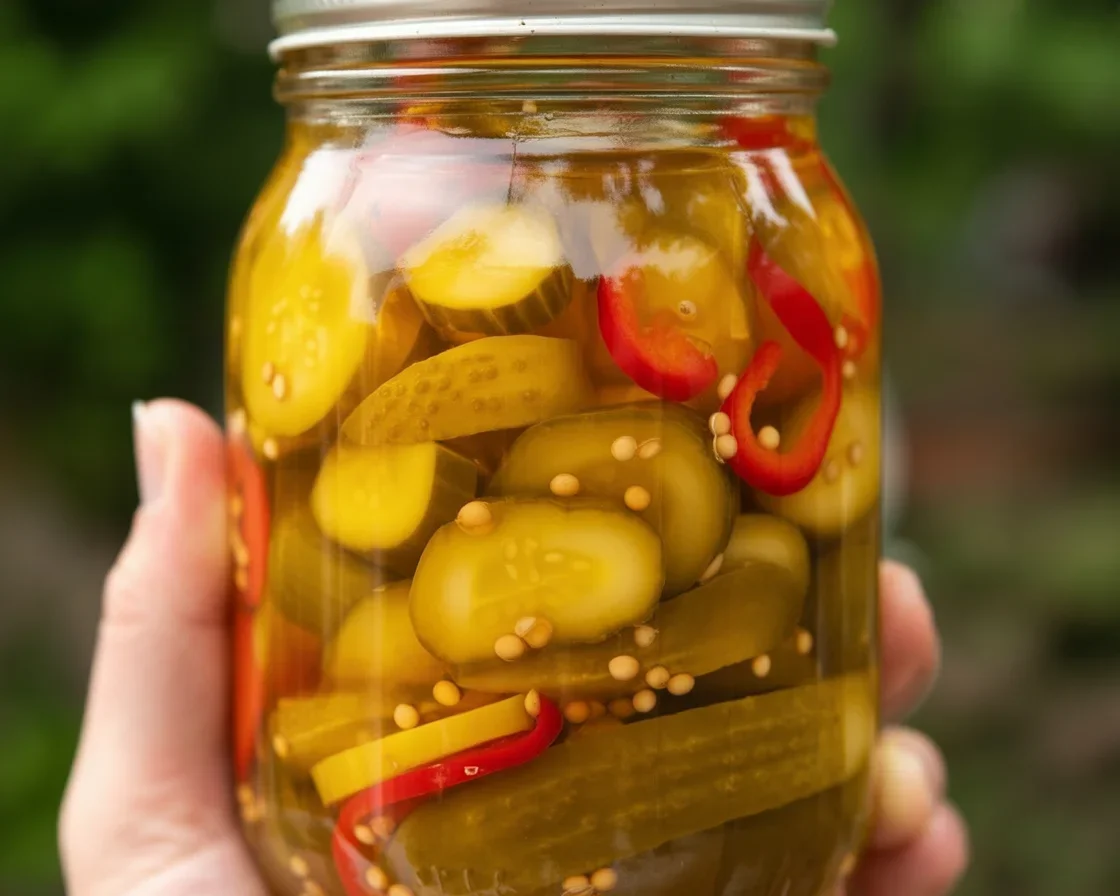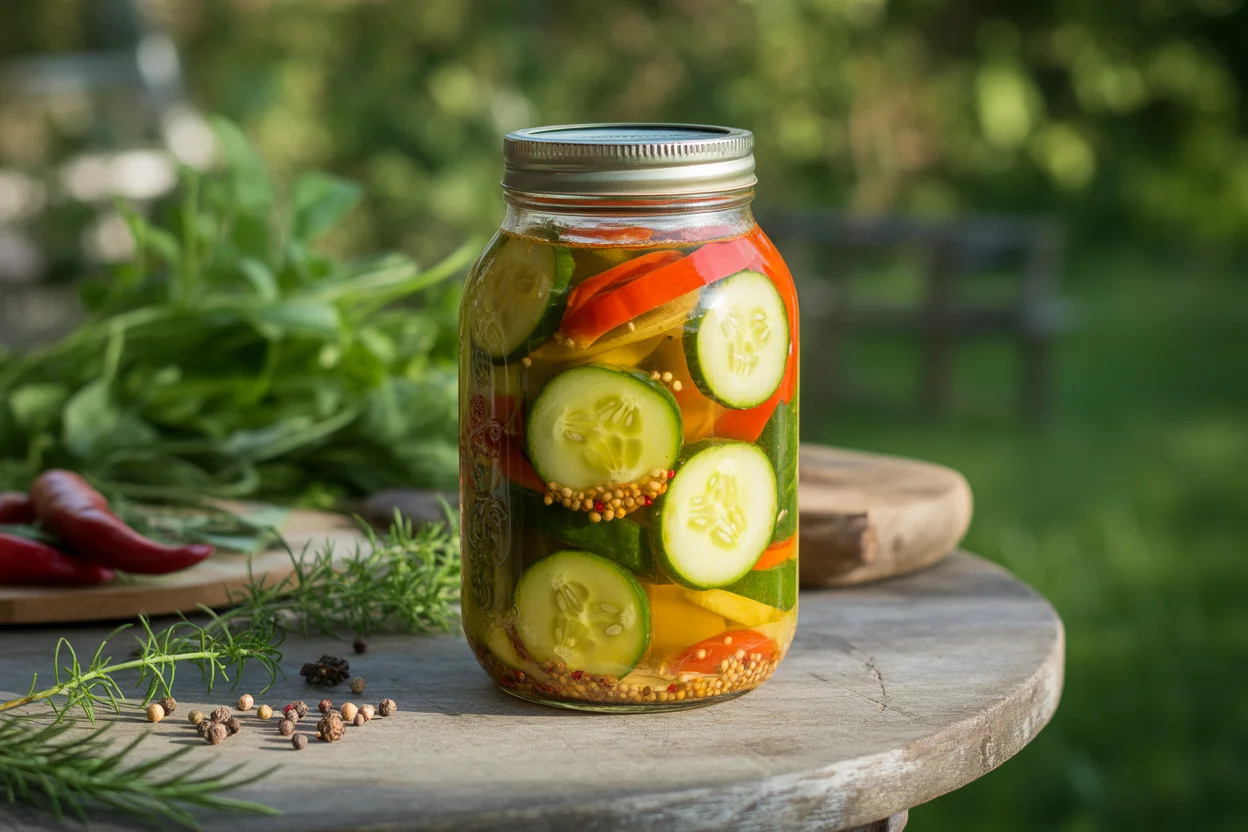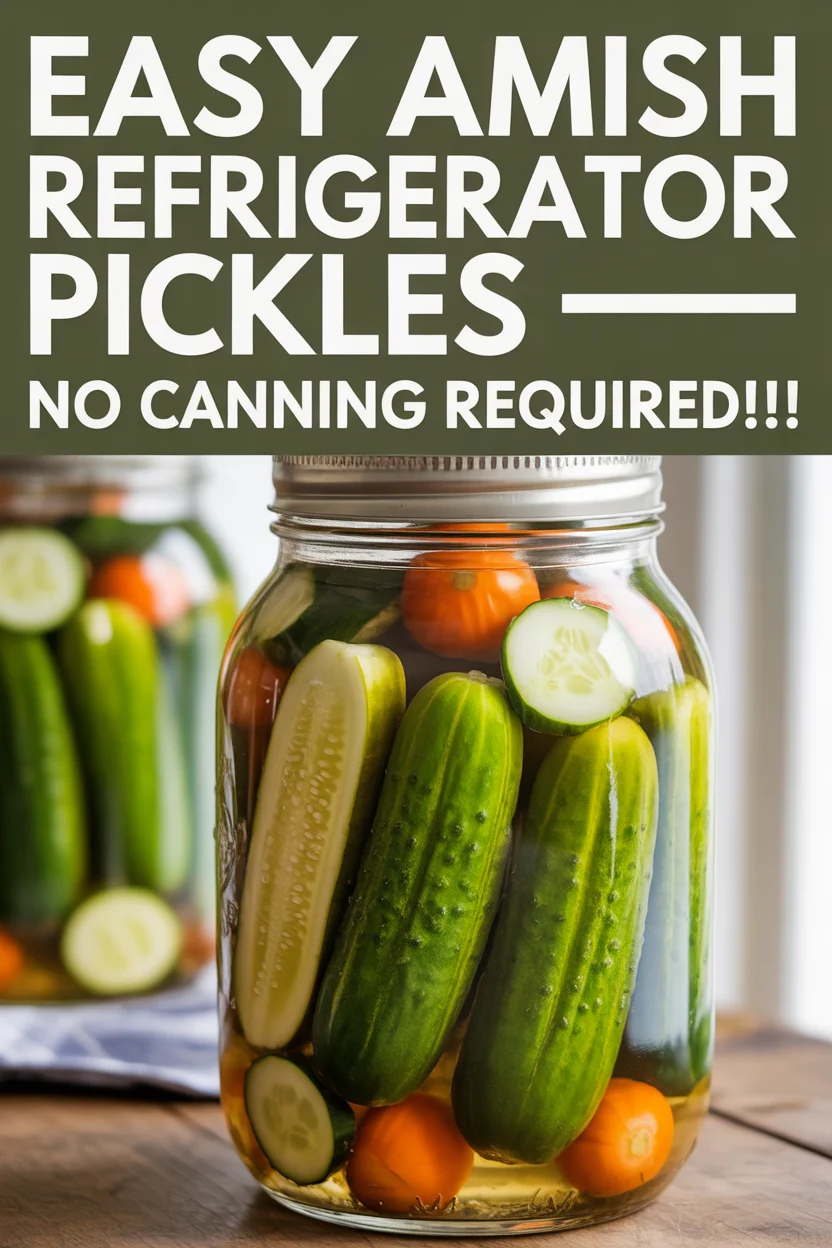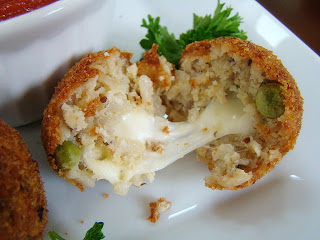Easy Amish Refrigerator Pickles – No Canning Required!!

Ever grab a jar of Amish Refrigerator Pickles – no canning required!! and wish making ’em at home was as easy as breathing? Yep, same here. Store-bought is fine, but those fresh homemade pickles hit different—especially when you skip canning altogether. My family went wild for my first batch. In fact, I found this recipe while browsing around the quick-ease recipes section and just had to try it. If this sounds like your jam, stick around- I’ll break down what cucumbers work best, how to keep ’em crispy, and toss in some easy swaps. Oh, and you’ll find even more fun ideas in the top 10 favorites I’ve shared.

What Kind Of Cucumbers Are Best?
So, about cucumbers—this will make or break your pickles, seriously. You want something a bit stubby (Yankees call ’em Kirby cucumbers), not those watery salad cukes. They’re chunkier, have less moisture and scoop up that tangy pickling juice like sponges. If you wander into a farmer’s market, ask for pickling cucumbers instead of big, glossy ones. My neighbor once used English cucumbers… nice, but oh boy, the crunch just wasn’t there. Little bumpy guys with thin skin, that’s what you want.
Pickling cucumbers are key for Amish Refrigerator Pickles – no canning required!! ’cause you get that classic snap. If you’ve only got regular cucumbers, you can use ‘em, but peel some of the skin off and scoop out the seeds if they’re giant. (Been there, had soggy pickles–never again.)
Tips for the Best Pickles (That Stay Crunchy)
Now, this is the important bit. Nobody likes a floppy pickle. So here’s what works for me. If you want crisp, firm Amish Refrigerator Pickles – no canning required!!, do this.
- Chill your cucumbers in ice water for at least one hour before slicing. Don’t skip.
- Always slice off the blossom end (the part opposite the stem), rumor says it has enzymes that turn pickles mushy.
- Use coarse kosher or pickling salt—regular table salt, weirdly, just doesn’t hit right.
- Keep ‘em cold in the fridge, and they’ll snap right up!
“These are, hands down, the crunchiest Amish Refrigerator Pickles – no canning required!! I’ve ever made. My husband ate half the jar in a day!”
Bread And Butter Pickles vs. Dill Pickles
Let’s get one thing clear, because folks always ask: how are bread and butter pickles different from dill pickles? It’s mostly about herbs and sweet vs. sour. Bread and butter pickles hit you with sweet, kind of like a slightly tangy chutney. There’s usually sugar, maybe a whisper of mustard seed, and a little turmeric (which I always forget, honestly). Dill pickles? Those are all sharp vinegar and that distinctive dill herb bite.
So, for Amish Refrigerator Pickles – no canning required!!, I lean bread and butter style. Sweeter, still a little bite, but friendly even for kids. And if you want to get spicy or add extra garlic, why not? Make it your own.
You’ll notice most store pickles are dill. I say bread and butter get ignored too much—they’re practically candy in a jar! (Seriously, let’s bring ’em back.)
Recipe Variations and Substitutions
Let’s talk swappables, ‘cause life’s too short to fret if you’ve run out of mustard seed or whatever. Okay, so you love it hot? Toss in sliced jalapeños or dried chili flakes. All out of white vinegar? Apple cider vinegar works like a charm, gives a slightly fruitier pop. No pickling spice? Just use black peppercorns and a pinch of ground coriander.
If you’re not a huge fan of sugar, you can totally drop it down or sub in honey. (Just don’t skip all sweetener unless you like super pucker-power pickles.) Garlic and onions? Mandatory in my book, but some folks go with just cucumbers and brine. Kids gone wild for carrots or cauliflower? Throw those in, too—no one’s watching! Amish Refrigerator Pickles – no canning required!!, but yours might be the only ones stuffed with surprise veggies.
The beauty of refrigerator pickles: there’s space for accidents — and surprises.
Storage and Safety Tips
Alright, safety first, flavor always. Because Amish Refrigerator Pickles – no canning required!! skip canning, storage matters. Keep those jars clean—like, hot soapy water, or give them a quick bath in boiling water. Pack your pickles in, but don’t jam them in too tight. Liquid needs to flow! Brine must cover every last slice or spear, else funny business (and mushiness) happens.
Only store ‘em in the fridge. Never on the shelf, not even in the garage, no matter how cold it gets. Check on them after a day: liquid level should be the same, pickles bright and happy, no fuzzies on top. They’re good about two months, maybe a bit longer, but I bet you’ll finish them sooner.
Got leftovers? Chop ‘em for potato salad or tuna, they’re fantastic. Pro tip from my aunt: pour a splash of the brine into egg salad for zing.
Common Questions
How long do these pickles really keep?
If you keep ’em refrigerated and covered in brine, around two months is safe. They just keep getting tangier.
Do I need to sterilize my jars?
Not strict like with full canning, but clean them very well. No shortcuts here. I actually run mine through the dishwasher.
Can I use regular cucumbers if I can’t find pickling cukes?
Yes, but expect softer results. If you must, try slicing them thicker and removing some seeds.
What’s the difference in brine between bread and butter and dill?
Bread and butter is all about sweet and tangy. Dill brine skips most of the sugar and goes heavy on the dill and garlic.
I hate onions—do I have to use them?
Absolutely not! Leave ‘em out or swap for shallots if you’re feeling fancy. The recipe survives.
Give Homemade Pickling a Whirl
Honestly, there’s nothing quite like pulling a batch of Amish Refrigerator Pickles – no canning required!! out of the fridge and showing off your own handiwork. I promise, even if you’re new to this, you’ll love how easy it is. If you’re looking for other home projects or just want more simple treats, check my handpicked recipes right from the baking recipes section or swing by the home-2 page. Give it a try, and let me know if your family empties the jar in a single sitting. Happened here (more than once)! 





